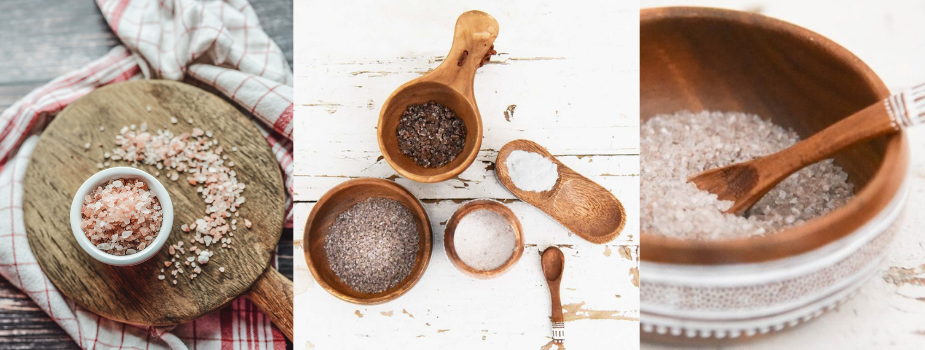
You can find salt in many shapes, sizes and colours nowadays. So, what is good salt? Why is one kind of salt not like another kind? Here, we compare table salt, Himalya salt, (Celtic) sea salt, fleur de sel and bamboo salt with each other. And we will also clear up a few misunderstandings about salt(s). Spoiler alert: it' s not so much that we need less salt, but rather that we need better salt.
Table salt or kitchen salt: wonderfully white and often iodised, but chemical and refined

Ordinary table salt or kitchen salt is extracted chemically from e.g. sea salt. Table salt is processed in such a way (which includes bleaching for the white colour) that it only contains sodium chloride. And sodium chloride has a negative effect on your blood pressure if you eat too much of it. Table salt also lacks a lot of important minerals that real sea salt does have, as well as trace elements. Iodine is also often added to table salt, this is known as iodised salt or JOZO salt. Iodine is an important trace element that also occurs naturally in seafood, eggs, dairy products and seaweed. So we can be brief about table salt: however brightly bleached it may be, it is not healthy for you.
Himalayan salt; a rock salt that regrettably does not come from the Himalayas
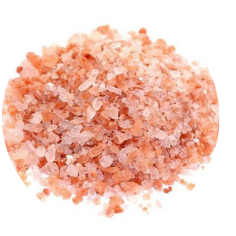
Himalayan salt is rock salt from Pakistan, that is extracted from the depths of the 2nd largest salt mine in the world, called Khewra. This mine is located approximately 300 km from the Himalayas. This Khewra is owned by the Pakistan Mineral Development corporation and 300 million kg of salt is extracted here every year. Himalayan salt gets its pink colour from iron oxide, i.e., rust. The name Himalaya refers to the word Halite, which is another word for rock salt and as such, has nothing to do with the Himalayas. Vitalising properties, which sea salt does have due to exposure to the sun and water, are significantly less in Himalayan salt because it is mined underground. It is, in a sense, extinct salt, with fewer diverse minerals and trace elements than sea salt.
Celtic sea salt: more magnesium and sulphates, less salty flavour

Celtic sea salt, also called Sel de Guérande or Sel de Bretagne, contains more magnesium because of the acidic clay residues and consequently has a somewhat less salty flavour. Grey Celtic sea salt contains up to 10% of other minerals besides sodium or chloride, mostly sulphates and magnesium. Too much sulphate can lead to dehydration and irritation of the intestinal tract. Celtic sea salt is extracted from saline marshlands in Brittany. More precisely from Guérande, an area north west of where the river La Loire flows into the Atlantic Ocean. Celtic sea salt is not as pure as Fleur de Sel because it is not naturally filtered like Khoisan Fleur de Sel is through a 2000-metre natural barrier and filter of limestone, quicksand, clay and shale beds.
Fleur de Sel: precious flowers of pure sea salt

The most precious and purest sea salt is Fleur de Sel. It is made up of brittle, beautiful crystals that have a unique taste. When a basin is filled with fresh seawater, after eight days and given the right weather conditions, a single thin film of salt forms on the water. The water must be heated to 37 degrees for this to happen. This film comprises fine, light crystals that float to the surface like carnations. Hence the name Fleur de Sel (Flowers of Salt). After a few hours, the film disappears; the salt sinks to the bottom. Which means that this film must be very carefully removed from the water at the right moment. Only up to 5% of the salt harvest becomes fleur de sel. It is pure and unrefined. As it happens, 95% of the salt remains at the bottom of a salt basin.
Important difference between Khoisan fleur de sel and other kinds of fleur de sel
The salt for Khoisan fleur de sel extracted from the Atlantic Ocean near Velddrif, a fishing village in South Africa, 200 km north of Cape Town. As the only sea salt in the world, Khoisan fleur de sel passes through a 2000-metre underground barrier to an underwater salt lake, between the Atlantic Ocean and the salt flats. Along the way, it is filtered naturally by shell beds, quartz sand, clay and limestone, whereby Khoisan fleur de sel is not afflicted by heavy metals or pollution. This is in contrast to for example, the Mediterranean Sea, which is one of the most polluted seas in the world. This is why Khoisan fleur de sel is purer than fleur de sel from, for example, France, Ibiza or Mallorca.
Bamboo salt: baked sea salt with medicinal properties

Bamboo salt (Jukyeom) is a unique type of salt from Korea, made from sea salt extracted from the Yellow Sea. It was developed there 1000 years ago by monks as a health remedy for the Korean people. Sea salt is poured into hollow bamboo stalks and then sealed on both sides with mineral-rich clay and baked with pine wood in a hot oven. The bamboo is burnt down to ash and what remains are white salt pillars that are broken into pieces, after which the whole process is repeated again. Up to 8 times, depending on the quality one is aiming for. During the last (or ninth) time, resin is used to melt the salt at 1300 °C. The salt turns into a liquid and after cooling down becomes a rock-hard mass that is pulverised into the coveted bamboo salt.
Bamboo salt or Bambu® Salz: alkaline, sulphur-rich and free from impurities
During the repeated baking processes, the impurities in the salt are removed or neutralised. Minerals such as calcium, potassium, iron, copper and zinc are boosted, partly because the minerals from bamboo, clay and pine wood are also absorbed into the salt. Bamboo salt also gains a high content of sulphur as a result of the burning process. This makes the salt very alkaline, with a pH value of between 9 and 12. Bamboo salt can therefore neutralise acidic food that serves as a good breeding ground for many diseases. Bambu® Salz is labelled according to the number of times it has been burnt: 1x, 2x, 9x. The more times the salt is burnt, the darker the colour and the more powerful the effect.










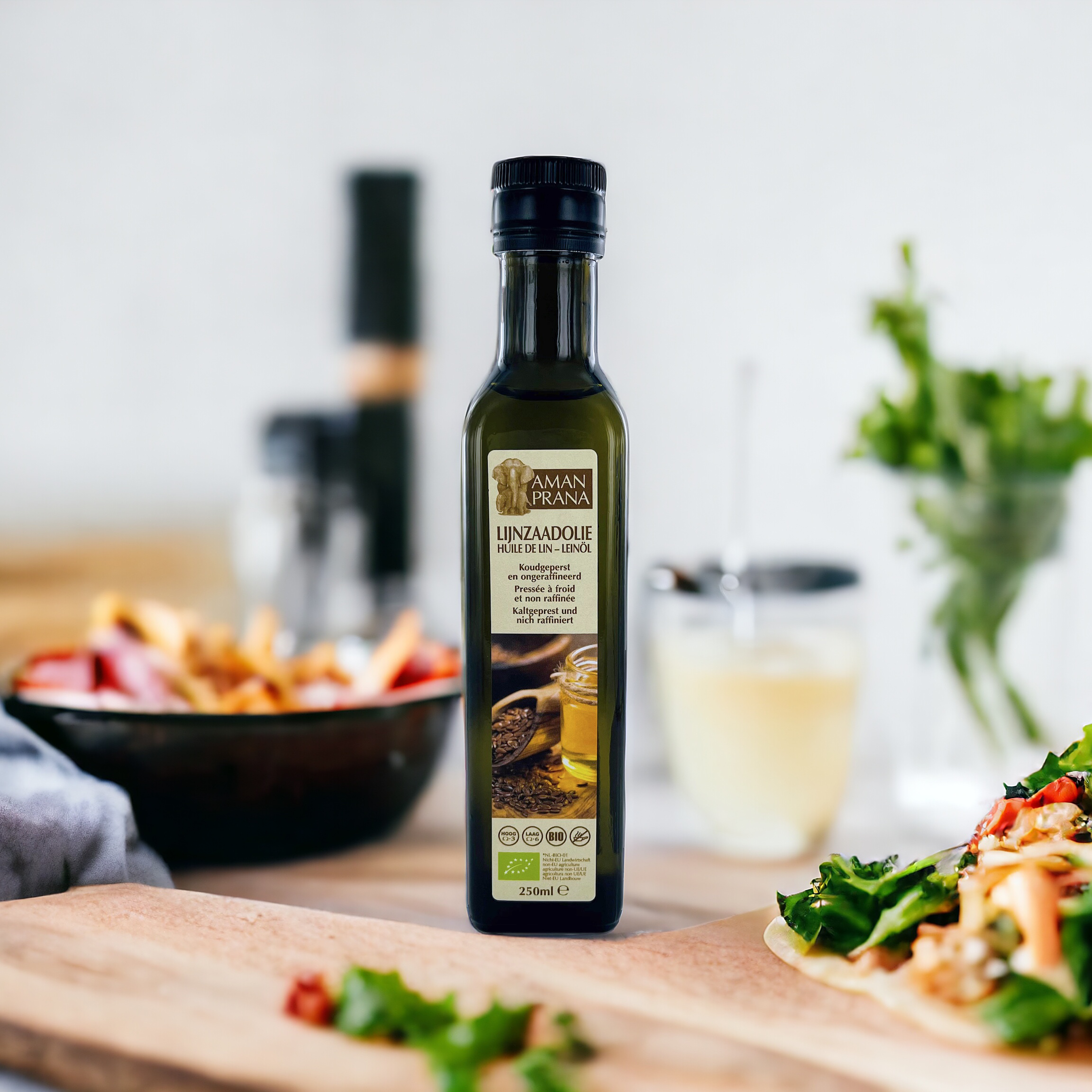

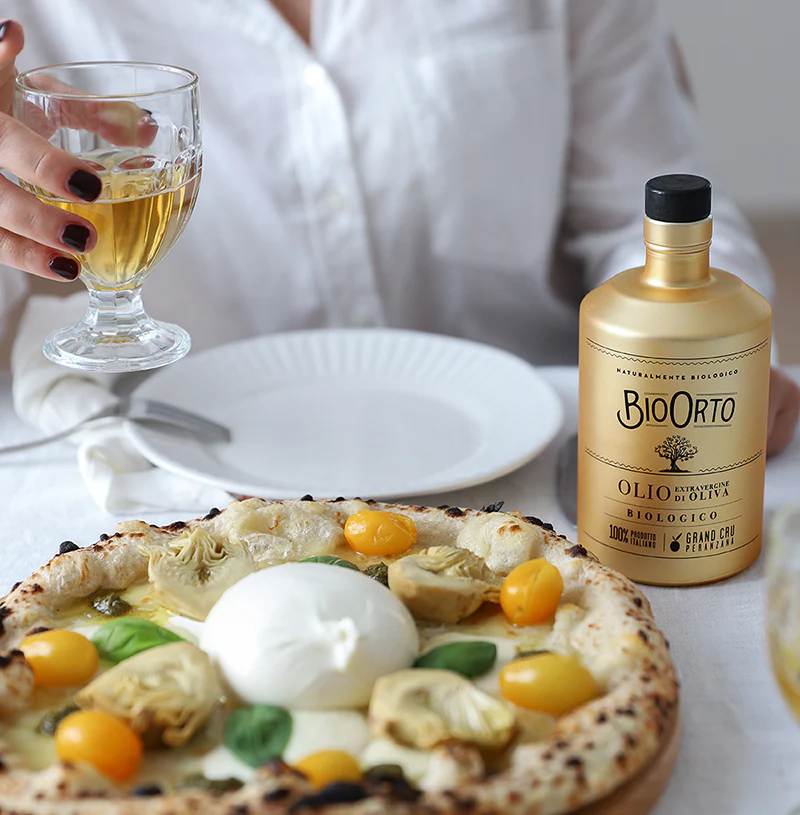
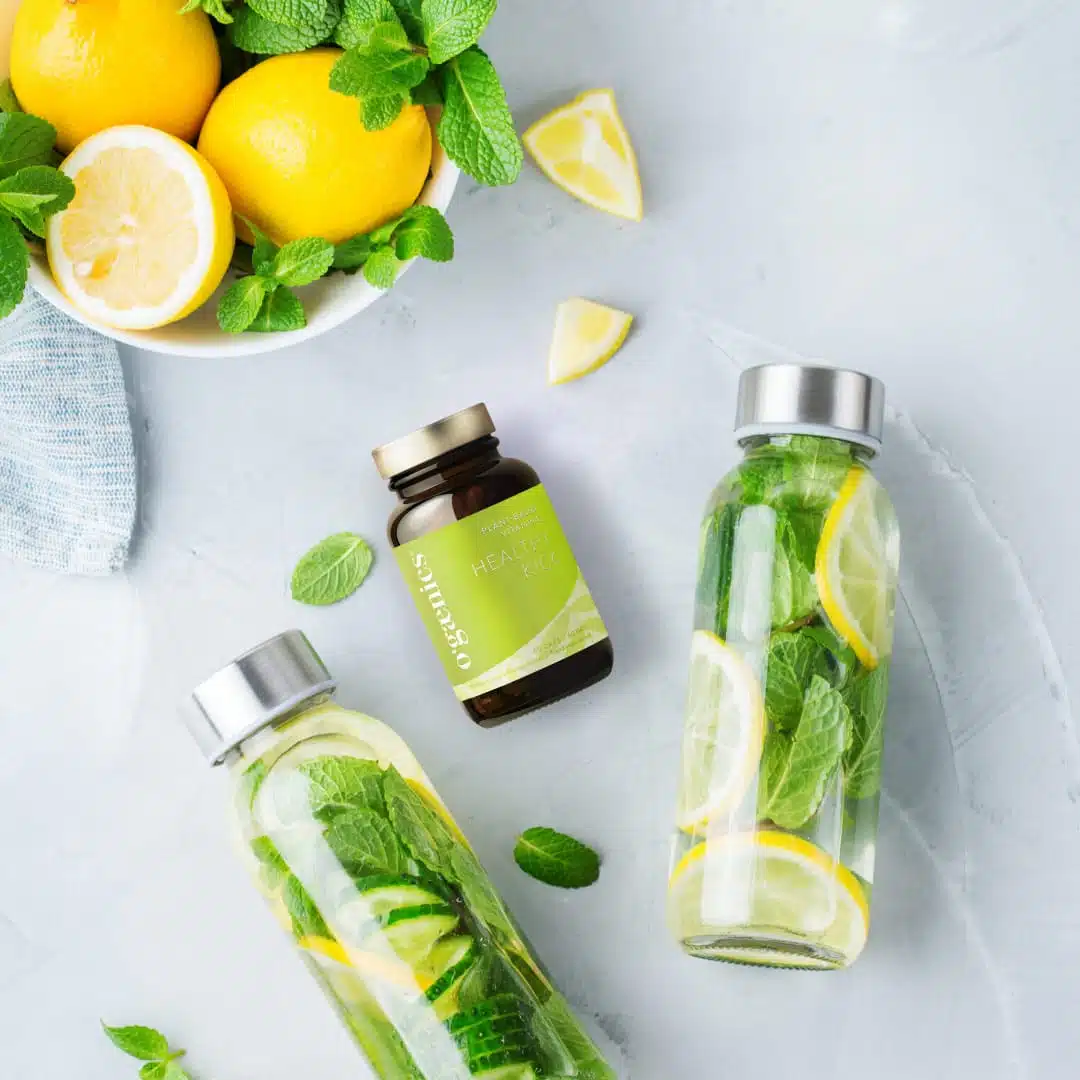
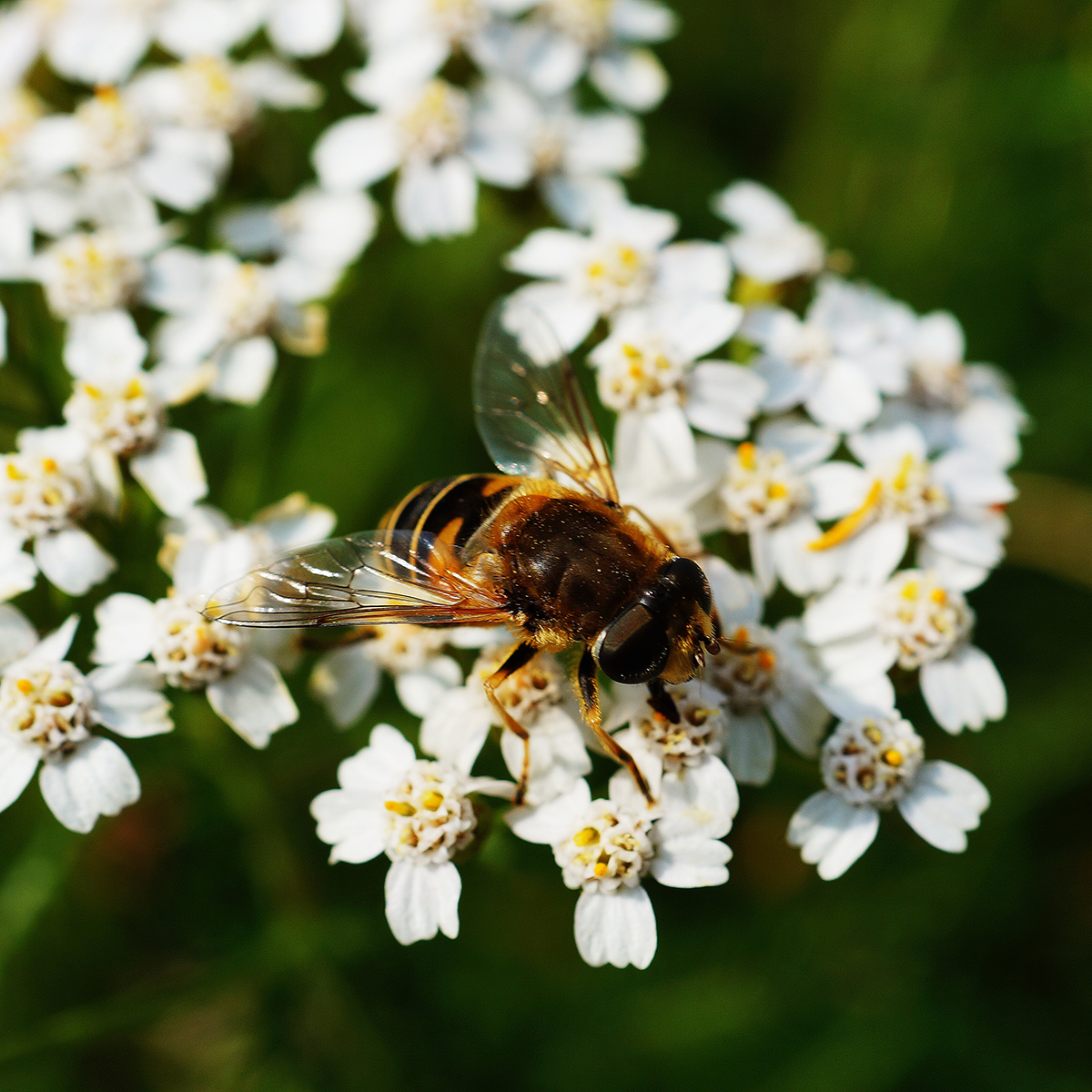
The information below is required for social login
Sign In
Create New Account